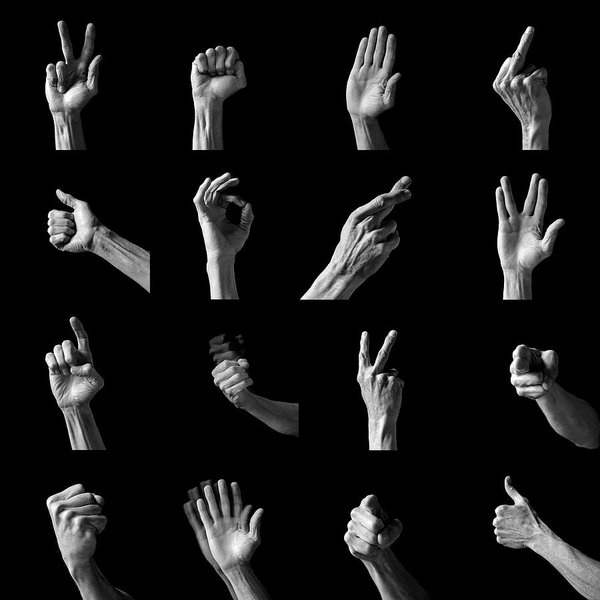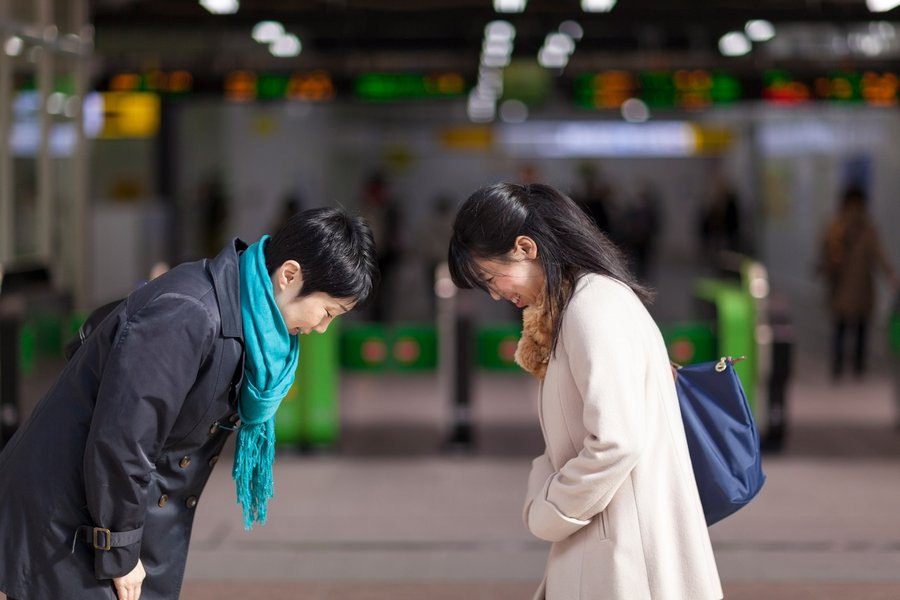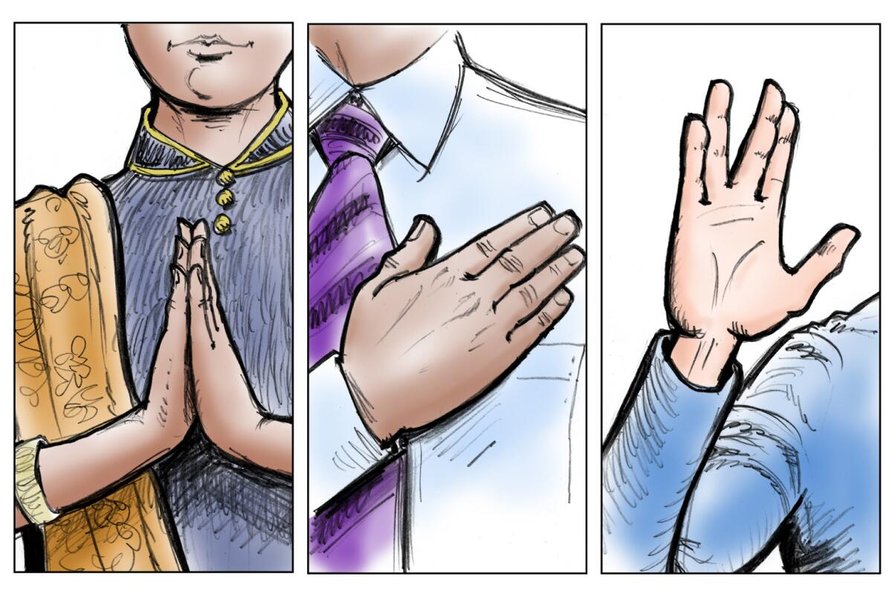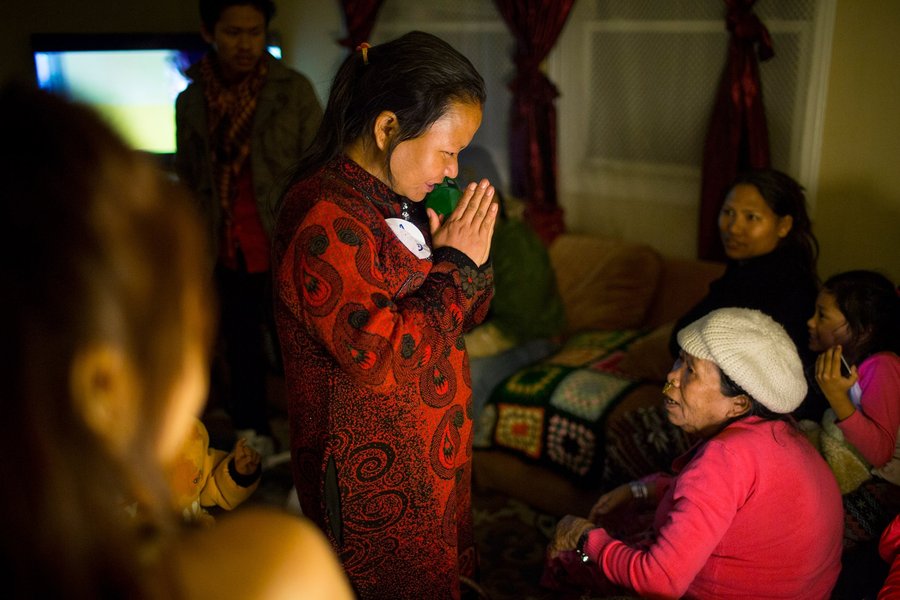
Unlocking the World of Greetings: Beyond a Simple "Hello"
Discover a rich tapestry of ways to connect, from casual chats to global customs.
Key Insights into the Art of Greeting
- Greetings are fundamental to human interaction: They serve as the initial bridge for communication, establishing relationships and signaling social status.
- Context is crucial: The appropriate greeting varies significantly based on the situation, relationship with the person, and cultural background.
- Beyond words: Greetings often involve non-verbal cues like handshakes, bows, and even unique cultural gestures.
The Nuances of English Greetings: Formal and Informal Approaches
While "hello" is a universal starting point in English, the language offers a vast array of alternatives to suit different contexts and relationships. Understanding these variations allows for more natural and effective communication.
Casual and Informal Greetings
In relaxed settings, among friends, family, or peers, informal greetings are common. These greetings foster a sense of ease and familiarity.
Common Informal English Greetings:
- "Hi!" - A simple and widely used informal greeting.
- "Hey!" - Similar to "Hi," often used with a casual tone.
- "Wassup?" or "What's up?" - A very informal way to ask how someone is doing or what they are up to.
- "Howdy?" - A greeting commonly associated with the American South.
- "How's it going?" - An informal way to inquire about someone's well-being.
- "Hey there, buddy!" or "Hey there, sweetheart" - These add a layer of endearment, suitable for close relationships.
- "Yo yo yo!" - A highly informal and sometimes playful greeting.
- "What's kickin', chicken?" or "What's cooking good lookin'?" - Humorous and very casual greetings.
Formal and Professional Greetings
In professional environments, when meeting someone for the first time, or in situations requiring politeness and respect, formal greetings are essential. These greetings convey a sense of seriousness and consideration.
Common Formal English Greetings:
- "Good morning," "Good afternoon," or "Good evening" - Time-based greetings that are appropriate in most formal settings.
- "Hello." - While also used informally, "Hello" can be a neutral and polite formal greeting.
- "How are you?" or "How are you doing?" - A standard formal inquiry about someone's well-being.
- "(It's) nice/good/great to see you." - Used when greeting someone you know in a formal or semi-formal context.
- "Pleased to meet you." - A polite phrase used when meeting someone for the first time.
- "How do you do?" - A very formal greeting, typically used in British English, and the response is usually the same phrase.
Regional Variations in English Greetings
English greetings can also vary depending on the geographic location. For example, "G'day" is a common greeting in Australian English.
Examples of Regional English Greetings:
- "Oi!" or "You right?" - Used in some English-speaking countries.
- "What's the craic?" - Popular in Ireland, asking "What's happening?"
Creative and Unique Ways to Say Hello
Beyond the standard greetings, there are many creative and unique ways to initiate a conversation, adding personality and sometimes humor to the interaction. These are often best used in informal settings or with people you know well.
Examples of Creative Greetings:
- "Salutations!" - A more formal but often used playfully.
- "Ahoy, matey!" - A fun, nautical-themed greeting.
- "Greetings From The Mortal Plane!" - A humorous and dramatic option.
- "Let us become better strangers." - A witty and slightly dismissive greeting for someone you dislike.
The Global Language of Greetings: Customs Around the World
Greetings are not just verbal; they are deeply intertwined with cultural customs and non-verbal communication. Exploring greetings around the world reveals fascinating traditions that reflect a society's values and history.
Handshakes: A Universal Yet Varied Gesture
The handshake is a widely recognized greeting across the globe, but its execution varies significantly in terms of firmness, duration, and accompanying gestures. In many Western cultures, a firm handshake with eye contact is standard. However, in other cultures, a loose handshake or a handshake with a slight bow may be preferred.

Bowing: A Sign of Respect
In many East Asian cultures, particularly in Japan, Korea, and parts of China, bowing is a customary greeting. The depth of the bow often indicates the level of respect being shown, reflecting hierarchical relationships and social customs rooted in philosophies like Confucianism.

Cheek Kissing: A Common European and Latin American Greeting
Air kissing on the cheek is a prevalent greeting in many parts of Europe and Latin America. The number of kisses can vary by country and even by region within a country. For example, while two kisses are common in Spain and Italy, France can see anywhere from two to four kisses depending on the region.

Unique and Traditional Greetings
Some cultures have unique greeting customs that may seem unusual to outsiders but hold deep cultural or historical significance.
Examples of Unique Global Greetings:
-
Tibet: Sticking out one's tongue is a traditional greeting, historically used to show that one is not the reincarnation of a cruel king believed to have had a black tongue.
-
Maori (New Zealand): The "hongi" involves pressing noses and foreheads together, symbolizing the sharing of the "breath of life."
-
Mongolia: Presenting a "hada," a strip of cotton or silk, is a way to welcome guests.
-
Philippines: The "mano po" is a respectful gesture where a person takes the hand of an elder and touches it to their forehead.

Cultural Considerations in Greetings
Understanding and respecting cultural greeting customs is vital for effective cross-cultural communication and avoiding potential misunderstandings. Factors such as gender, social status, and the level of familiarity between individuals can all influence the appropriate greeting.
Exploring Greetings Through Video
Visual and auditory resources can greatly enhance the understanding of different greetings and their usage. The following video provides a look into various English greetings.
This video, titled "Useful English Greetings for Everyday Life!", offers practical examples of common English greetings. It's a valuable resource for English learners and anyone interested in hearing how these greetings are used in conversation.
A Comparative Look at Greeting Styles
To further illustrate the diversity in greetings, the following table summarizes some common styles and their contexts.
| Greeting Style | Examples | Context (Formal/Informal/Cultural) | Non-Verbal Elements |
|---|---|---|---|
| Standard English Verbal | Hello, Hi, Hey | Formal and Informal | Often accompanied by a smile or nod. |
| Time-Based English Verbal | Good morning, Good afternoon, Good evening | Primarily Formal | Can be paired with a handshake or nod. |
| Informal English Verbal | Wassup?, How's it going? | Informal | Casual posture and tone. |
| Handshake | Firm handshake, Loose handshake | Widely used (Formal and Informal, varies by culture) | Eye contact, varying firmness and duration. |
| Bowing | Varying depth of bow | Cultural (e.g., Japan, Korea) - Formal and respectful | Depth of bow indicates respect level. |
| Cheek Kissing | One, two, or multiple air kisses | Cultural (e.g., parts of Europe, Latin America) - Can be formal or informal depending on relationship | Light touching of cheeks, sometimes accompanied by a sound. |
| Unique Cultural Greetings | Sticking out tongue (Tibet), Hongi (Maori), Mano po (Philippines) | Cultural - Varies in formality and specific context | Specific physical gestures with symbolic meaning. |
Frequently Asked Questions About Greetings
Why are greetings important?
Greetings are crucial for initiating social interaction, acknowledging another person's presence, and establishing the tone and nature of the relationship or interaction. They are fundamental building blocks of human connection and communication across all cultures.
How do I choose the right greeting?
Choosing the right greeting depends heavily on the context. Consider your relationship with the person you are greeting (friend, colleague, stranger), the setting (formal meeting, casual gathering), and the cultural background of the individual(s). When in doubt, a more formal or neutral greeting is often a safe choice.
Are non-verbal greetings as important as verbal ones?
Yes, non-verbal greetings are often just as important, if not more so, than verbal ones. Gestures like handshakes, bows, smiles, and eye contact convey significant information about your intentions, respect, and the nature of the relationship. In some cultures, non-verbal greetings are the primary form of salutation.
How have greetings changed over time?
Greetings evolve with societies and external factors. For instance, events like the COVID-19 pandemic led to an increase in non-contact greetings such as elbow bumps and waves. Traditional greetings can also become less common in modern times, though they often retain cultural significance.
Can I use informal greetings in formal situations?
Using informal greetings in formal situations is generally not recommended as it can be perceived as disrespectful or inappropriate. It's best to err on the side of formality when unsure of the appropriate greeting in a professional or unfamiliar setting.
References
Last updated May 11, 2025